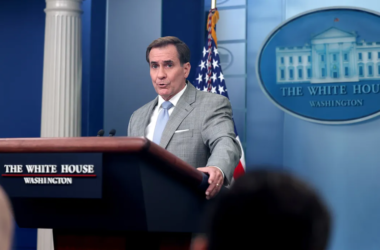In a diplomatic move that reflects the intricacies of global trade, India has appealed to the Group of Seven (G7) nations to defer the implementation of a ban on Russian diamonds. The call for a delay stems from concerns over the lack of clarity in the regulatory rules governing the ban, highlighting the nuanced challenges faced by nations engaged in the diamond trade amid geopolitical uncertainties.
The request from India to postpone the ban on Russian diamonds underscores the complexities surrounding international commerce and the need for clear, unambiguous regulations. The G7, a coalition of major industrialized nations, has been instrumental in shaping global economic policies, and decisions made within this forum hold significant implications for international trade relations.
The crux of India’s appeal lies in the perceived ambiguity within the regulatory framework that accompanies the proposed ban on Russian diamonds. Navigating such geopolitical matters requires a precise understanding of the rules and guidelines governing trade relations, and India’s stance highlights the importance of clarity in regulations to facilitate smooth international commerce.
Diamonds constitute a substantial part of India’s trade, and any disruption in the supply chain can have widespread repercussions for the nation’s diamond industry. Given the intricacies of the diamond market and the interconnected nature of global trade, India’s request for a postponement reflects a strategic approach to safeguard its economic interests while advocating for a more transparent regulatory environment.
The appeal also sheds light on the delicate balance that nations must strike between geopolitical considerations and economic imperatives. In the wake of geopolitical tensions, the diamond industry becomes a focal point for diplomatic maneuvers, as witnessed in India’s call for a delay in the ban on Russian diamonds. This underscores the need for nations to carefully navigate diplomatic waters to protect their economic interests without compromising on international norms and values.
Moreover, the request for a postponement underscores the interdependence of nations in the global economic landscape. The diamond trade involves a complex web of suppliers, manufacturers, and consumers, with disruptions in one part of the chain rippling across the entire industry. India’s plea to delay the ban on Russian diamonds recognizes the interconnectedness of the global economy and the potential impact of abrupt regulatory changes.
In addition to the economic considerations, the appeal by India highlights the importance of open communication and collaborative decision-making in international relations. Diplomatic channels play a crucial role in addressing concerns and finding amicable solutions that balance the interests of all stakeholders. The G7, as a forum for economic cooperation, is presented with an opportunity to foster dialogue and address the complexities surrounding the proposed ban on Russian diamonds.
As the international community grapples with geopolitical challenges, the intricacies of the diamond trade serve as a microcosm of the broader issues facing nations in the interconnected world of global commerce. India’s call for a delay in the ban on Russian diamonds brings attention to the nuanced considerations that must be taken into account when formulating and implementing regulatory measures on the international stage. The outcome of this diplomatic engagement will not only impact the diamond industry but will also set a precedent for how nations navigate economic challenges amid geopolitical uncertainties.








